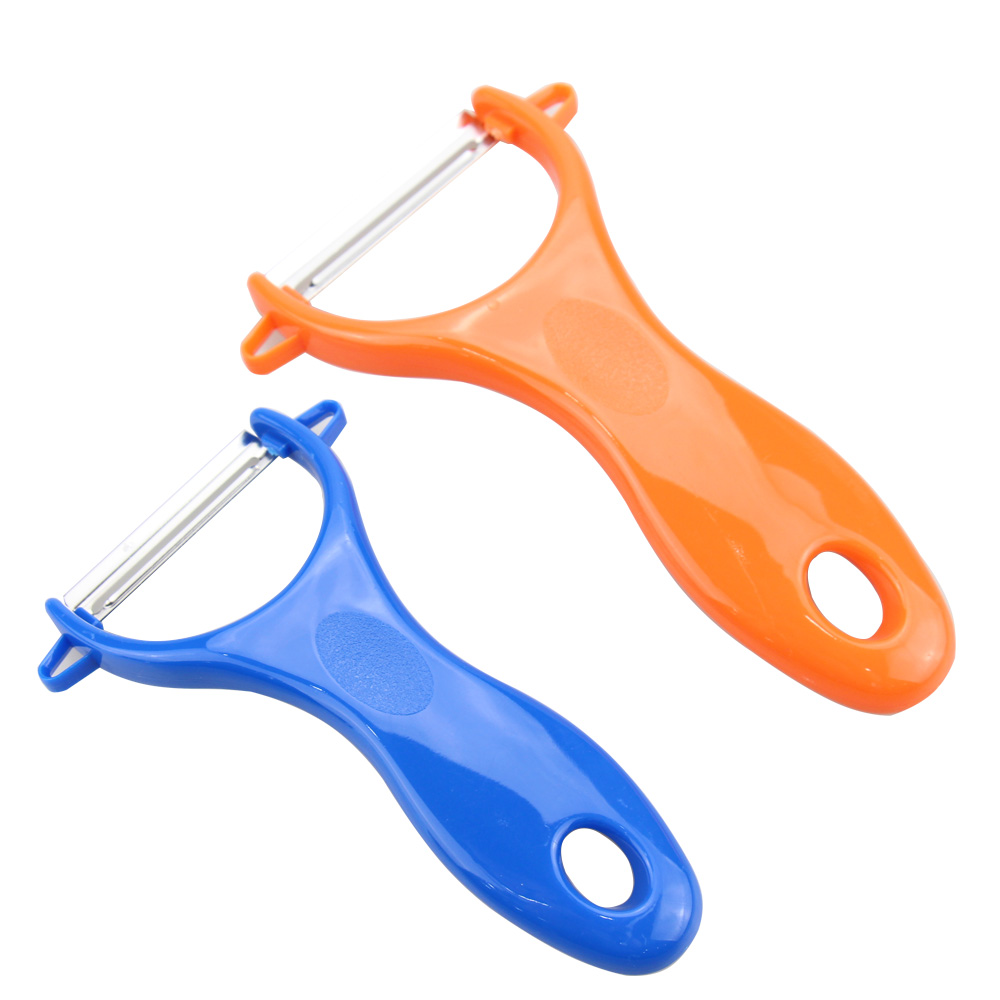Looking at the history of ancient and modern China and foreign countries, in a certain sense, human society is developing and progressing through continuous innovation. The need to protect and encourage innovation has spawned an intellectual property system and promoted the continuous improvement and development of the intellectual property system. At the same time, the constantly improving intellectual property system strongly encourages innovation and promotes development. In the era of knowledge economy, the creation, dissemination, and application of knowledge have become an important part of social life. The status and role of the intellectual property system and its innovation under protection and promotion have become increasingly prominent in the overall national strength competition. In the world today, in the face of an unprecedentedly fierce competition in the overall national strength, economic globalization and the increasingly strengthened regional economic integration, which country places more emphasis on the cultivation, protection, and management of intellectual property and the improvement and perfection of the intellectual property system, which country will It is more likely to take the initiative and win opportunities in the increasingly fierce international competition.
Trademarks are an important intellectual property, and not only are they the result of innovation, they must also rely on innovation to maintain their vitality. Although a trademark can be continuously renewed through registration after registration, it is only through continuous innovation that it can enrich its connotation and increase its value forever. Therefore, innovation is the key to the survival and development of a trademark. The vitality of a trademark lies in innovation.
Recognizing trademarks requires innovation
Legally speaking, a trademark is a visual sign that distinguishes the goods or services of different natural persons, legal persons or other organizations, but in real life, with the development of economy, society, science and technology, culture, and the evolution of trade and consumption patterns, Trademarks are not merely simple signs made up of words, figures or their combinations, but they are important carriers that contain rich connotations of economy, culture, and society. With the development of economic globalization, rapid advances in science and technology, and continuous improvement in productivity, the types of goods and services are increasingly numerous, and the quality of goods and services is becoming more and more homogeneous. Consumers often do not adopt “commodity ratios†when shopping or choosing services. The three "methods," but directly "know-brand shopping" (ie "recognized trademark shopping"). The reason why consumers shop (brand) shopping is not because the logo is designed or printed beautifully, but because they are enamored with the connotation that the trademark represents. Market competition has entered the era of trademark (brand) competition. Trademark (brand) competition has become a higher level and intensity of competition than that of goods or services. For enterprises, trademarks are valuable intangible assets and sharp weapons for market competition. Intangible assets of many corporate brands are even more valuable than their tangible assets; for consumers, trademarks become their purchased goods and options. The increasingly important basis of service has even become an important content of consumption. For the country, how the trademark legal system and the level of development of the trademark undertaking reflect the state of economic and social development of a country, especially a national world-class well-known trademark. How much embodies the economic strength of a country and its competitiveness in the international market. Trademarks are products of knowledge, and they are also the product of society. Undoubtedly, with the development of economy, society, and culture, they constantly update their connotations and forms of expression. Therefore, the recognition of the role of trademarks requires new perspectives and new ideas.
Designing a Logo Needs Innovation
The distinctiveness of a trademark comes from design and use, but it comes from design. According to the provisions of the Trademark Law, only trademarks that have distinctive features and are easily identifiable can be registered as trademarks, and only those that do not conflict with others’ prior applications or registrations and other prior rights may be approved. registered. At present, there are more than 2 million registered trademarks in China and hundreds of thousands of trademarks under review and pending examination. Even if we do not consider other people’s prior rights in other areas of intellectual property rights, we must conceive and design differences. It is difficult for a trademark that has the same or similar registered trademark and application trademark to be described in terms of words, figures, or combinations thereof. Without arduous efforts, creative thinking, or the creation of new ideas, it is difficult to design new, unique, and distinctive trademarks.
Using a trademark requires innovation
Trademarks are the banner of a business. They are both flags. You should let it fly in the wind in business and trading activities. Let consumers clearly know that this is your banner. To give full play to the “flag†role of a trademark, it is necessary to prominently use the trademark in the prominent position on the commodity, package or container, instruction manual, transaction document, business site, and service tool, declare the ownership of the trademark, and form the trademark as The core visual system should focus on the promotion of trademarks in advertising, exhibitions, and other business activities, continuously strengthen the impression of the trademark in the minds of consumers, and constantly enhance the influence of trademarks on consumers. A trademark is an intangible asset of an enterprise. It is an asset and must be carefully managed, operated, and operated as if it were a tangible asset. It also specifically measures and evaluates the changes in the benefits and value of trademarks that result from the preparation of annual financial statements. IV. Upgrading the value of a trademark requires innovation The competitiveness of a trademark derives from the use value or social value of the goods or services represented by the trademark, and this value is determined by its connotation. The connotation of the commodity trademark includes the new technology content, quality, function, raw material, style, color, technology, management, marketing, advertising, price, after-sales service, reputation, taste, and culture of the commodity. The connotation of the service mark includes all the software and hardware related factors related to the service. Any innovation of the trademark is very necessary and extremely difficult. Part of the innovation in the content of the trademark will enable the company's competitiveness to be partially improved; the comprehensive innovation of the trademark will enable the company's competitiveness to be comprehensively improved. With the increasingly fierce market competition, it is necessary to continuously enrich and innovate the connotation of trademarks in order to maintain and continuously improve the competitiveness of enterprises. No matter from what aspect, only innovation can generate income.
Protecting trademarks requires innovation
To effectively protect the intellectual property rights of trademarks, we must first rely on a strong legal system. The legal system needs to be continuously improved along with the development of social practices, and perfection is also innovation. Secondly, trademark registration, trademark management, trademark enforcement, and other issues related to trademark protection all need to continue to innovate in response to continuous economic, social, and cultural development. Correspondingly, trademark propaganda, trademark theory research, trademark teaching, trademark agency, and all other work related to trademarks require innovation.
Innovation is the vitality of a trademark and the vitality of a trademark undertaking. The vitality of a trademark lies in innovation, and the vitality of the Chinese trademark cause lies in innovation. Let all the ideas that are conducive to the development of China's trademark cause flow!
Reprinted from: An Qinghu, Director of the Trademark Bureau of the State Administration for Industry and Commerce
Peeler
MULTIFUNCTIONAL --- Peel, Scrape and Cut skins of vegetables and fruits. Do all these tasks easily with a just single tool.
UNIQUE EDGE TECHNOLOGY --- This feature makes the blades glide along the surface of the fruit or vegetable which allows smooth peeling activity. It can peel the hardest and softest skin with ease which only would not save you time, but also effort.
WITH DUAL STAINLESS STEEL BLADES ---TOALLWIN Peeler is a state-of-the art peeler that has ultra-sharp and swivel dual stainless steel blades for an effortless peeling. You can peel right the first time with efficiency.
COMFORTABLE GRIP --- The handle of the swivel peeler is anti-skid that allows a comfortable grip. It is ergonomically designed; thus, it fits the palm perfectly. It is easy to hold in either hand and can be used even during repetitive peeling with less tension on the hands due to a pressure-absorbing processed rubber handle.
EASY STORAGE AND ACCESS --- Peeler by TOALLWIN has a convenient hook end that lets you hang your peeler for easy access and storage. It is also available in various colors that you can choose from.







Vegetable Peeler,Fruit Peeler,Stainless Steel Vegetable Peeler,Rotating Food Peeler
YANGJIANG TOALLWIN TRADING CO., LTD , http://www.toallwin.com